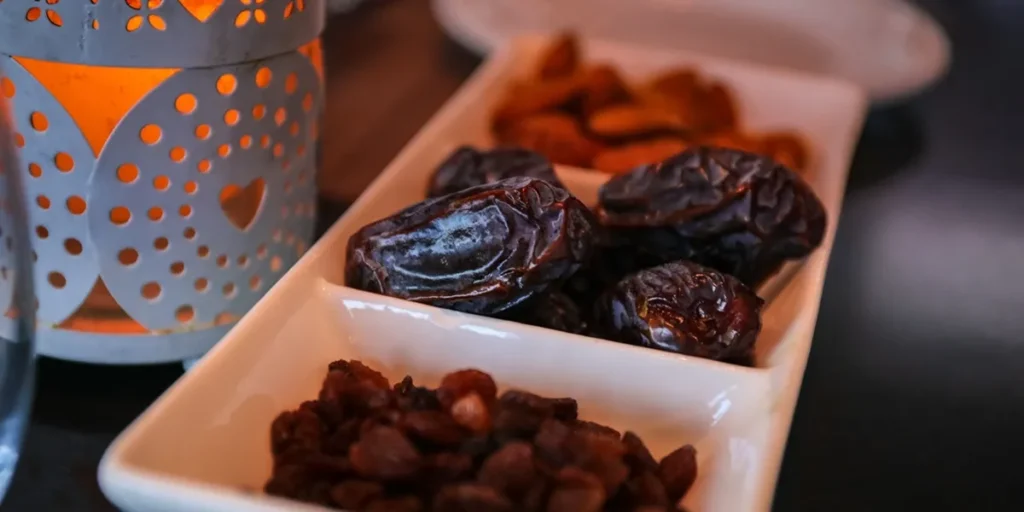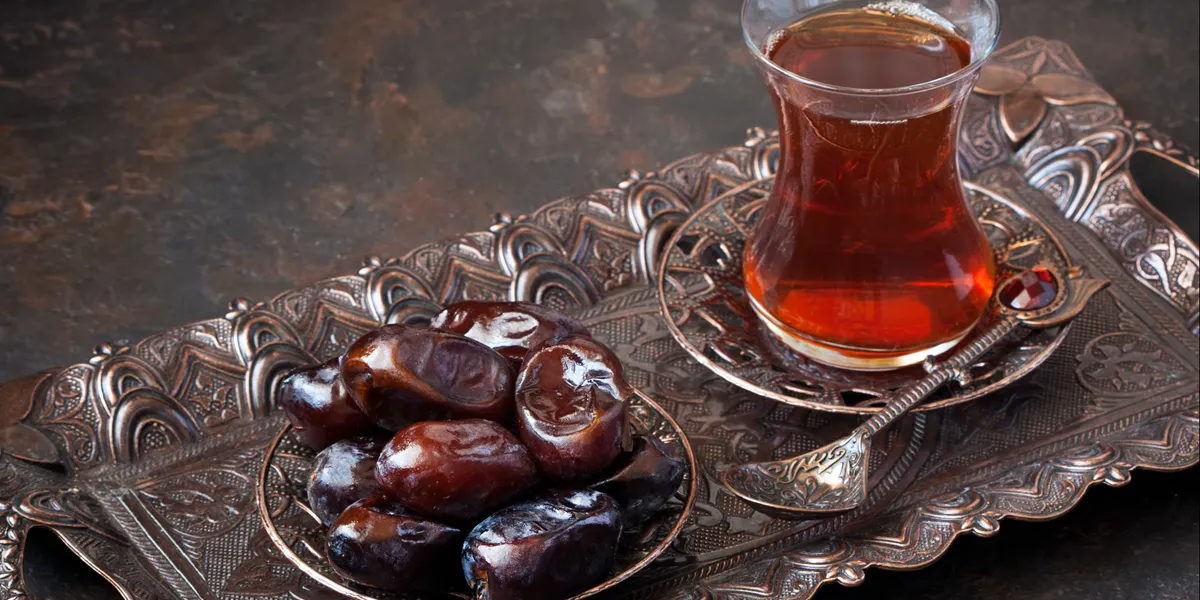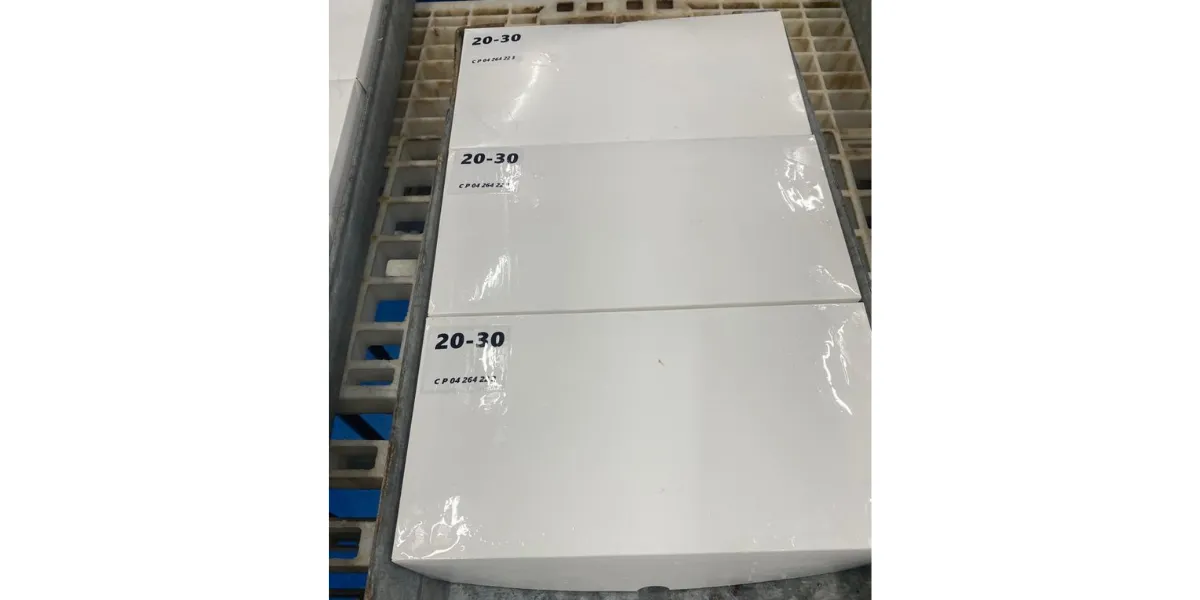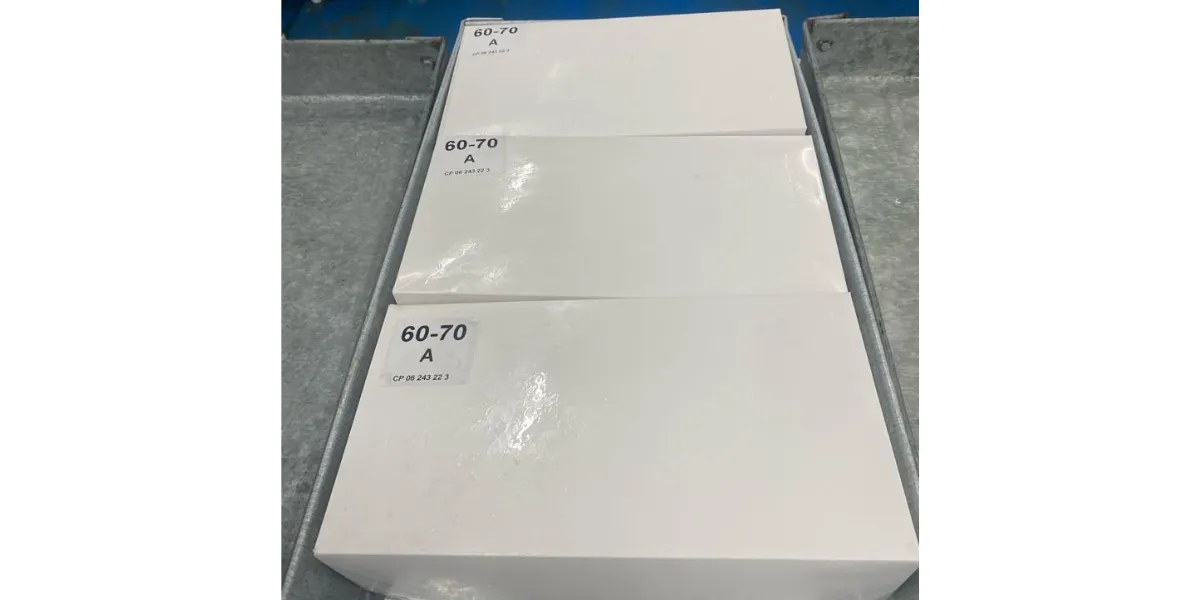In recent years, the global demand for dates has risen dramatically, positioning this ancient fruit as a modern-day superfood. Once limited to Middle Eastern cultures and traditional cuisines, dates are now appreciated across continents for their rich flavor, versatility, and remarkable nutritional profile. From Europe and North America to East Asia, consumers are increasingly turning to dates as a natural sweetener, snack, and energy source.
The Global Market Overview
The international trade in dates has expanded significantly in the last decade. According to the Food and Agriculture Organization (FAO), the global production of dates exceeds 9 million tons annually, with countries like Egypt, Iran, Saudi Arabia, and Algeria leading the way. However, consumption is no longer restricted to producing regions — exports have increased to Europe, the Americas, and East Asia.
Main Importers and Exporters
| Category | Top Countries | Share in Global Market (%) |
|---|---|---|
| Top Exporters | Iran, Saudi Arabia, UAE, Egypt, Tunisia | 65% |
| Top Importers | India, Indonesia, USA, France, Germany | 55% |
| Emerging Markets | China, South Korea, Brazil, Canada | 15% |
This table illustrates how trade is expanding beyond traditional boundaries. For example, Iranian Dates have become one of the most sought-after varieties in Asian and European markets due to their superior quality and diversity.
Factors Driving the Growing Demand
Several global trends explain why dates have moved from regional specialty to international necessity. Below are the main contributors:
a. Health Consciousness
Modern consumers are more health-aware than ever. They seek natural sources of energy and nutrition without relying on artificial sweeteners or processed snacks. Dates fit perfectly into this lifestyle — they are rich in fiber, vitamins, and minerals, and contain natural sugars that release energy gradually.
b. Rise of Vegan and Plant-Based Diets
With the increase in veganism and plant-based diets, dates have become a key ingredient in energy bars, smoothies, and desserts. They offer natural sweetness while supporting clean eating principles.
c. Food Industry Innovation
The food industry has embraced dates as a versatile ingredient. They are now used in date syrups, date sugar, protein balls, and bakery products. Manufacturers use them to enhance texture, sweetness, and nutritional value without relying on refined sugar.
d. Cultural Globalization
Globalization has introduced Middle Eastern and North African culinary traditions to Western audiences. As a result, dishes that feature dates — from tagines to stuffed varieties — have gained international appeal.
Health Benefits of Dates
One of the most important reasons behind the growing demand is the extensive list of Health benefits of dates. Scientific research continues to reveal the many ways this fruit supports overall wellness.
Nutritional Highlights (per 100g of dates):
- Calories: 277
- Fiber: 7g
- Potassium: 696mg
- Magnesium: 54mg
- Antioxidants: Flavonoids, carotenoids, phenolic acid
Key Health Benefits
- Improves Digestion:
The high fiber content supports gut health and helps prevent constipation. - Boosts Energy Naturally:
Dates are an excellent source of quick, sustained energy, making them ideal for athletes or anyone needing a midday boost. - Supports Heart Health:
Their potassium and magnesium levels help regulate blood pressure. - Promotes Brain Function:
Studies suggest that dates may reduce inflammation and oxidative stress in the brain. - Natural Sweetener Alternative:
Date paste or syrup offers a nutritious substitute for processed sugar.

Comparing Major Varieties: Iranian Dates vs Medjool Dates
Two of the most famous varieties dominating the global market are Iranian dates and Medjool dates. While both are delicious and nutrient-rich, they differ in texture, sweetness, and use.
| Feature | Iranian Dates | Medjool Dates |
|---|---|---|
| Origin | Iran (Kerman, Khuzestan, Bam) | Morocco, USA (California), Jordan |
| Texture | Medium-soft to semi-dry | Very soft and moist |
| Flavor | Balanced sweetness, caramel notes | Extremely sweet, honey-like |
| Shelf Life | Longer (due to lower moisture) | Shorter |
| Popular Uses | Snacking, confectionery, industrial use | Gourmet dishes, luxury snacks |
Both varieties are globally appreciated, but Iranian dates have an edge in international exports due to their variety and shelf stability.
Iranian Date Varieties
Iran produces over 400 types of dates, with around 20 major varieties exported worldwide. Each region offers distinct flavors and textures. Here are some of the most notable Iranian date varieties:
- Mazafati (Bam Date): Soft, dark, and juicy with a caramel-like flavor.
- Piarom: Semi-dry, elongated, and highly valued in European markets.
- Kabkab: Sweet, moist, and golden-brown; popular in industrial processing.
- Zahedi: Dry and fibrous, ideal for long-term storage.
- Sayer (Estameran): Semi-dry with medium sweetness; one of Iran’s main export dates.
These varieties make Iran a major player in satisfying the world’s rising appetite for high-quality dates.
Regional Market Trends
The demand for dates varies by region, but all show a positive growth curve:
Middle East and North Africa (MENA):
Still the heartland of date production and consumption, the region uses dates in traditional foods, religious ceremonies, and as a staple ingredient in daily life.
Europe:
European consumers favor organic and fair-trade certified dates. Growth in the health food sector has made dates a pantry essential.
North America:
Demand is rising sharply due to the popularity of natural sweeteners and health snacks. The U.S. and Canada import large quantities, especially Medjool and Iranian semi-dry dates.
Asia-Pacific:
China, Japan, and South Korea have become emerging markets, with demand driven by middle-class consumers seeking exotic and healthy foods.
Challenges Facing the Global Date Industry
Despite its growth, the global date industry faces challenges that could affect long-term sustainability.
a. Climate and Water Issues
Date palms require hot climates but also a steady water supply. Climate change and droughts in major producing regions threaten yield stability.
b. Market Competition
Countries like Egypt and Saudi Arabia dominate in volume, while Iran focuses on quality and diversity. Balancing competitiveness with sustainable pricing remains a challenge.
c. Supply Chain and Preservation
Dates are sensitive to humidity and require careful storage. Maintaining quality during transport, especially for soft varieties, demands improved logistics and packaging.
d. Awareness and Marketing
While dates are widely known, consumers in some markets still associate them only with Middle Eastern cuisine. More marketing efforts are needed to showcase their modern uses — such as in smoothies, energy bars, or baked goods.
Future Outlook: Opportunities for Growth
The future of the date industry looks bright. Analysts predict an annual market growth rate of around 6–7% from 2025 to 2030. Key opportunities include:
- Innovation in Date-Based Products: Date sugar, spreads, and chocolate-coated dates are capturing new audiences.
- Sustainability and Organic Farming: Consumers increasingly favor products that are both eco-friendly and chemical-free.
- E-commerce Expansion: Online sales platforms have made premium dates more accessible worldwide.
- Branding and Packaging: Attractive branding and small snack packs make dates appealing to younger demographics.
9. How Producers Can Meet Global Demand
Producers and exporters can adopt several strategies to meet the increasing international appetite:
- Enhance Quality Control: Maintain strict standards during harvest, processing, and packaging.
- Diversify Varieties: Offer multiple types (soft, semi-dry, dry) to appeal to different markets.
- Certifications: Organic, halal, and fair-trade certifications boost trust in global markets.
- Value-Added Products: Invest in producing items like date syrup, paste, and bars.
- Global Marketing: Highlight the origin, culture, and health advantages of the fruit through storytelling.
Conclusion
The global demand for dates reflects more than just a taste for sweetness — it represents a movement toward healthier, more sustainable, and culturally diverse eating habits. From Iranian dates prized for their variety and balance to Medjool dates favored for their rich flavor, the world has embraced this fruit as both a tradition and a trend.
As markets continue to evolve, countries like Iran are well-positioned to lead with innovation, quality, and heritage. Whether enjoyed as a snack, used in recipes, or transformed into new products, dates are proving that an ancient fruit can have a modern future — one that’s global, sustainable, and irresistibly sweet.




